The Huawei P9 was launched with much fanfare a couple of months ago. In fact, it was probablythe most hyped device ever from Huawei, and it’s not hard to see why: the P9 is the first product conceived from the company’s collaboration with Leica to “reinvent smartphone photography.”
However, many questioned just how involved Leica was in the development of the Huawei P9’s camera. After spending a couple of weeks with the P9, I was left very impressed with what is easily Huawei’s most refined smartphone yet, even more so than the Huawei Mate 8.
Design & First Impressions
As was the case with its predecessor, the Huawei P9 feels really good to hold. Its slim unibody metal design with rounded edges makes it one of the most premium feeling smartphones I have ever used. Many smartphones at various price points already boast metal chassis these days, and the fact that Huawei has managed to design the P9 in such a way it feels like a class above these devices is really quite something.
That is not to say the P9 scores a perfect 10 in the design department. For one, the matte metal back is really slippery. This, coupled with the fact that the P9 is quite a light smartphone (it weighs only 144g), means it’s pretty easy to drop the device. It is for this very reason I actually prefer the P9 Plus: the extra weight and glossy back make it easier to get a good, secure grip on the device; I’d take the fingerprint magnet back as a trade off any day.
Other aspects of the Huawei P9, however, continue to impress. The fingerprint sensor is extremely quick, and the power button along with the volume rocker are satisfying to press; the fact that the power button is textured makes it easier to differentiate it from the latter. The button placements make a lot of sense as well; I have no issue at all with accessing the buttons with my thumb – though it may also be because the phone is really easy to use with one hand.
Without a doubt the Huawei P9 is a very well-designed smartphone. It feels premium, it looks good, and it’s delightfully comfortable to hold. However, I personally think the P9 still doesn’t reach the heights of class leaders such as the Samsung Galaxy S7 edge…yet.
Hardware
The HiSilicon Kirin 955 processor powering the P9 is a very capable chipset. Playing games such as Asphalt 8 proved to be a very enjoyable experience, and the P9 doesn’t feel at all sluggish – for the most part – when multitasking. The 3GB RAM also ensured that most of my apps are where I left them at whenever I needed to quickly reply some emails or instant messages.
Of course, arguably the most interesting hardware of the P9 is its 12MP dual-camera; I’ll elaborate on my impressions of the camera in the following sections. What I can say is, the “Leica-certified” camera is definitely not just a marketing gimmick.
Benchmark
You might be wondering why there’s just one benchmark shown here, instead of our usual two or three. For some reason, the phone did not allow apps such as Antutu and Geekbench from being installed. Odd.
Software
Emotion UI 4.1 on the Huawei P9 looks and feels much the same as EMUI 4.0 on the Mate 8. This means there are bloatware such as Clean Master and WPS Office, not to mention the constant reminder whenever a “power-intensive app” is running. There’s also no app drawer to be found on EMUI 4.1, but it’s not too hard to organise these apps into several folders to keep things tidy.
While I wish EMUI 4.1 could be more like stock Android, it isn’t all bad: Now on Tap proved to be a really convenient feature when I needed more information on any given topic, and Knuckle Sense actually makes a lot of sense – excuse the pun – to do certain actions. I can double tap on the display with my knuckle to take a screenshot, and I can draw certain letters to launch specific apps.
Of course, there are also the plethora of useful gestures with the rear fingerprint sensor of the P9; it is by far my favourite feature of Huawei devices. I can swipe down on the sensor to bring down the notification panel, double tap it to clear notifications, and I can even browse photos on the gallery app by swiping left or right on the sensor. Whenever I have to get back to a non-Huawei smartphone, I found myself missing this convenient little feature.
EMUI 4.1 isn’t perfect, but it is definitely a polished Android skin. The days when custom versions of Android are frowned upon are long gone, although I still wish Huawei would cut down on the amount of bloatware; I really don’t need another email or music app when there are already Gmail and Google Play Music.
Battery Life
Packed with a 3,000mAh battery, I really wasn’t expecting much from the Huawei P9. To my surprise, however, the P9 actually had pretty decent battery life – though given the Full HD display, battery life should have been a little bit better.
It can be quite a struggle to get through a typical work day at times with one full charge, but it’s definitely doable with a little bit of effort (or lack of it, if you think about it).
Display
For a non-AMOLED panel, the 5.2-inch 1080p IPS display of the P9 has pretty vibrant colours. The whites look true enough – it’s one of the strengths of a good LCD panel, after all – and the brightness level can get pretty high; outdoor visibility is definitely not an issue with the P9’s display.
Audio
In this department, the bottom-firing mono speaker of the P9 is…well, decent. It is by no means the best speaker in the business, but it is more than adequate for a typical consumer’s usage. It can get loud at maximum volume, and audio doesn’t crackle or buzz when the speaker is pushed to its limit. I still wish the speakers were front-facing though: there seems to be a lot of space on the top and bottom bezels of the P9 to fit in a set of stereo speakers.
Camera
Leica is known to produce really, really good – and costly – cameras, so needless to say, the Leica-certified camera the P9 carries is a huge deal; at least, that’s the intended effect. While I wouldn’t say the P9’s dual-camera setup is a game changer, it is definitely one of the best smartphone cameras I’ve had the pleasure of using.
The two rear shooters are made up of a standard 12MP RGB sensor complemented by a 12MP black-and-white sensor. By combining images taken with these two sensors, the final image should theoretically be impressive; Huawei claims that the black-and-white sensor can absorb twice as much light, after all.
Honestly, I wasn’t really enthusiastic about the P9’s camera at first – we’ve all heard our fair share of marketing lingo. But once I started snapping some pictures with the device, my initial impression quickly changed. I was particularly impressed by the black and white images taken with the P9; they really are quite stunning.
Yes, these images look really, really good, but the P9’s camera can still be improved. It is not as responsive as I would’ve hoped (the Galaxy S7 edge is better in this respect), low-light performance isn’t particularly impressive, and the lack of optical image stabilisation makes it quite difficult to get good, sharp-looking shots at times. The autofocus speeds of the camera proved to be an issue as well. In short, I wasn’t able to “trust” the camera to take great shots every time.
However, for what it’s worth, this is definitely one of the best smartphone cameras you’ll find on a smartphone this year, and certainly the best Huawei’s released in, like, ever. I’m genuinely looking forward to see what the company and Leica will come up with in the future.
Sample Images
Competition
Retailing at RM2,099, the Huawei P9 is actually one of the most affordable flagship devices in the market. Interestingly enough, at that price point, the P9 has competition from one of its own: the Huawei Mate 8.
Not only does the Mate 8 retail at the same price, it also shares quite a number of similarities with the P9. Both devices have 32GB of storage, 3GB RAM, premium metal constructions (although the P9feels better), and of course, similar software experiences.
Then again, the Mate 8 also has a much bigger 6-inch 1080p IPS display and a more generous 4,000mAh battery, which provides better battery life. Of course, the camera of the Mate 8 isn’t quite as good as the P9’s, and the more compact dimensions of the latter may be more appealing. The P9 also has a slightly faster Kirin 955 processor.
Other than the Mate 8, the Samsung Galaxy S7 is also a noteworthy competitor to the P9. The S7 has a faster Exynos 8890 processor paired with more RAM at 4GB, a sharper 5.1-inch 2560 x 1440 Super AMOLED display, IP68 water and dust resistance, and a better camera experience with its 12MP dual-pixel camera, which has very fast autofocus speeds.
Naturally, the hardware advantages of the Galaxy S7 also come at a higher price point: at RM2,699, the S7 costs RM600 more than the Huawei P9, which is quite a significant price difference. There’s also the fact that the battery life of the S7 might not be as good as the P9, seeing how the former has a sharper display while still packing the same 3,000mAh battery of the latter.
Conclusion
Huawei has come a long way, and the P9 is a testament to how much the company has grown over the years. Not only did Huawei manage to form a partnership with one of the most well-known camera manufacturers in the industry to produce the P9, this device is also one of the most refined Android smartphones it has ever released.
But, while the P9’s camera is good, the overall user experience isn’t quite as refined as other great flagship smartphones yet. The software side of things could still be improved as well, especially when it comes to providing a more pleasant user experience – the addition of unnecessary bloatware isn’t going to impress anyone.
All things considered, for the asking price of the Huawei P9, it is a darn good phone. Not many Android smartphones at this price point offer the same level of refinement and performance, and those who are looking for something that wouldn’t put too much of a dent to their bank accounts should definitely give it a consideration or two: it is easily Huawei’s best smartphone yet.





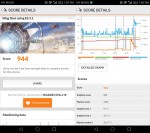


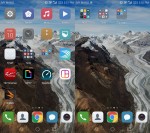





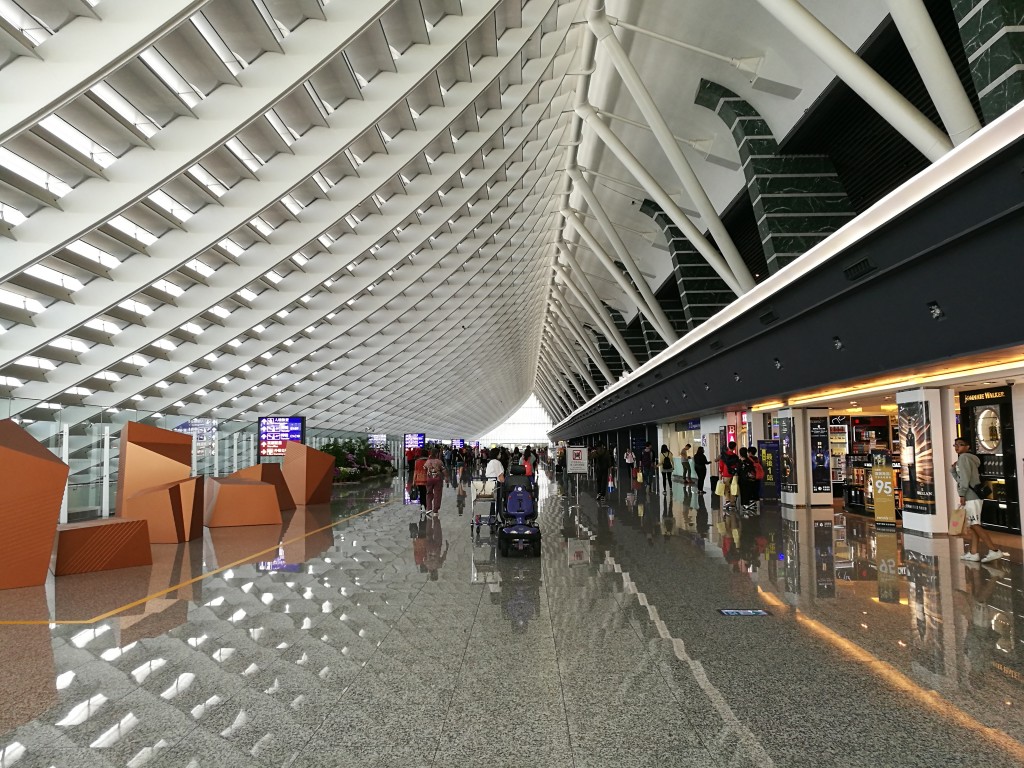
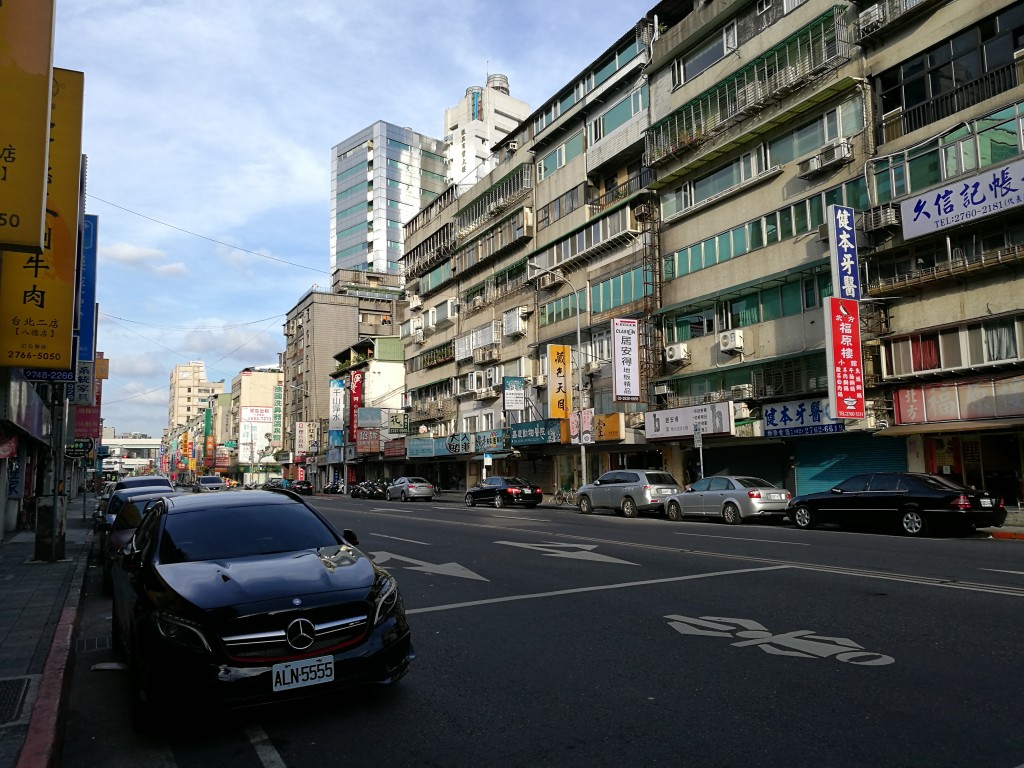
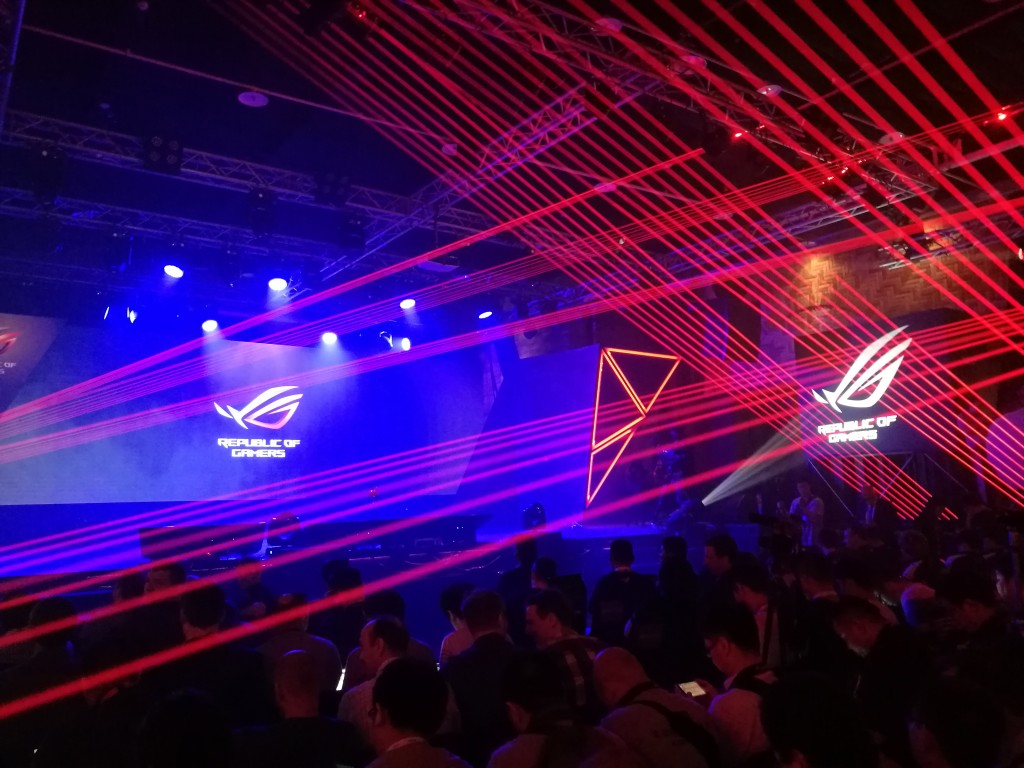
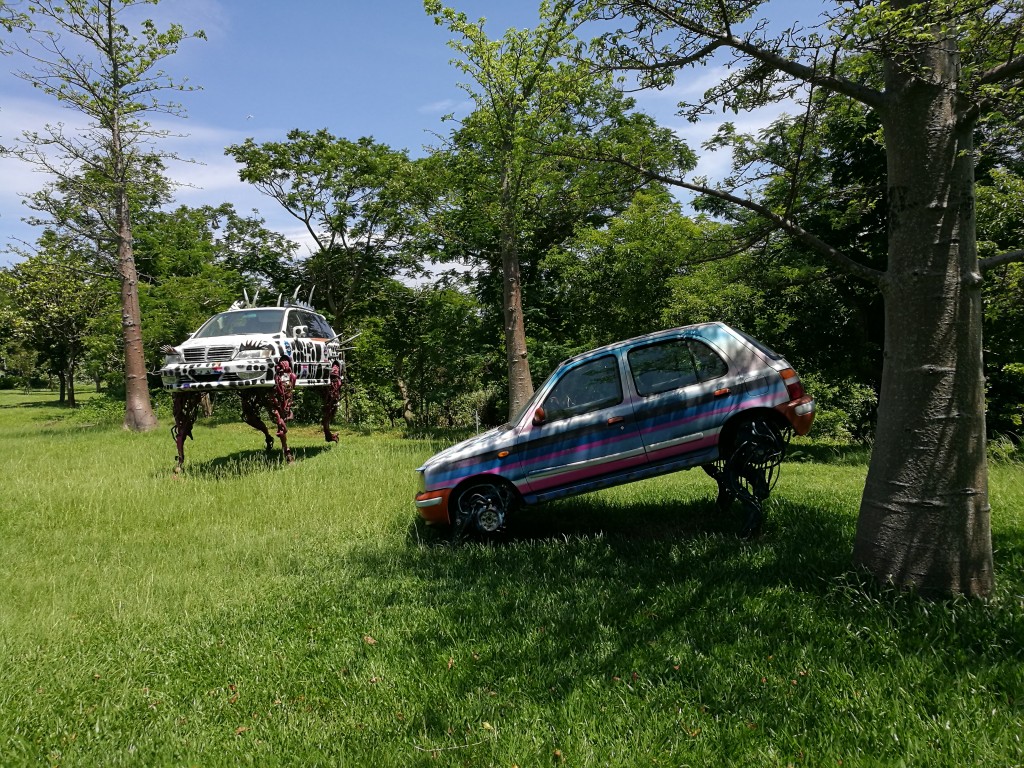
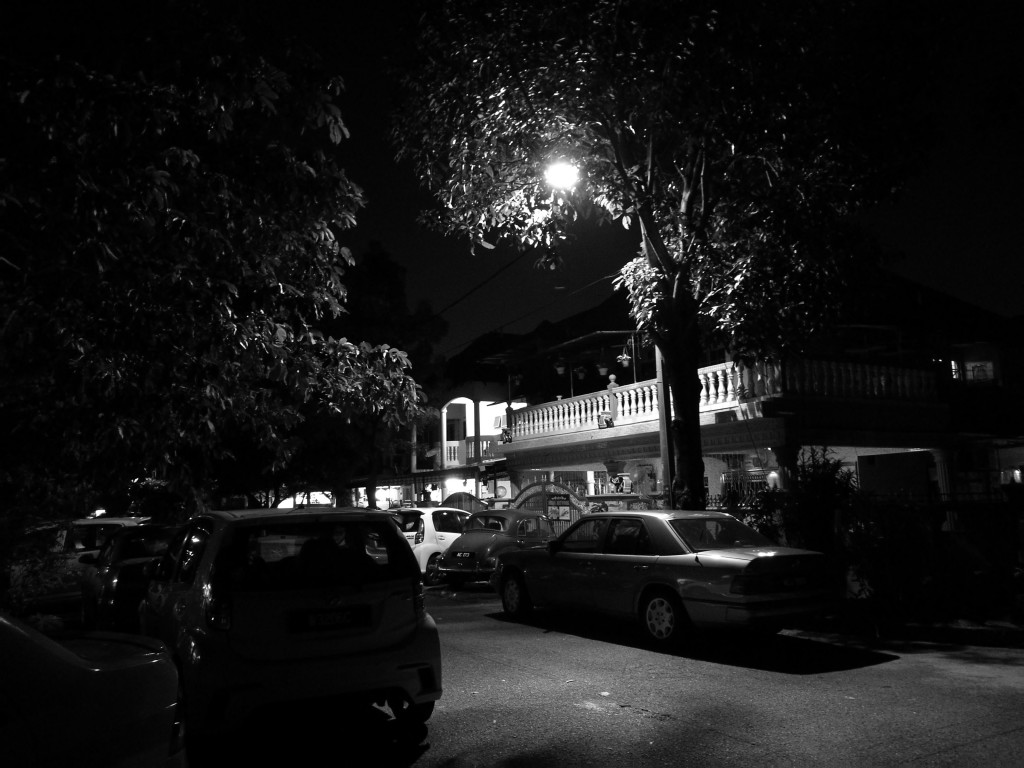
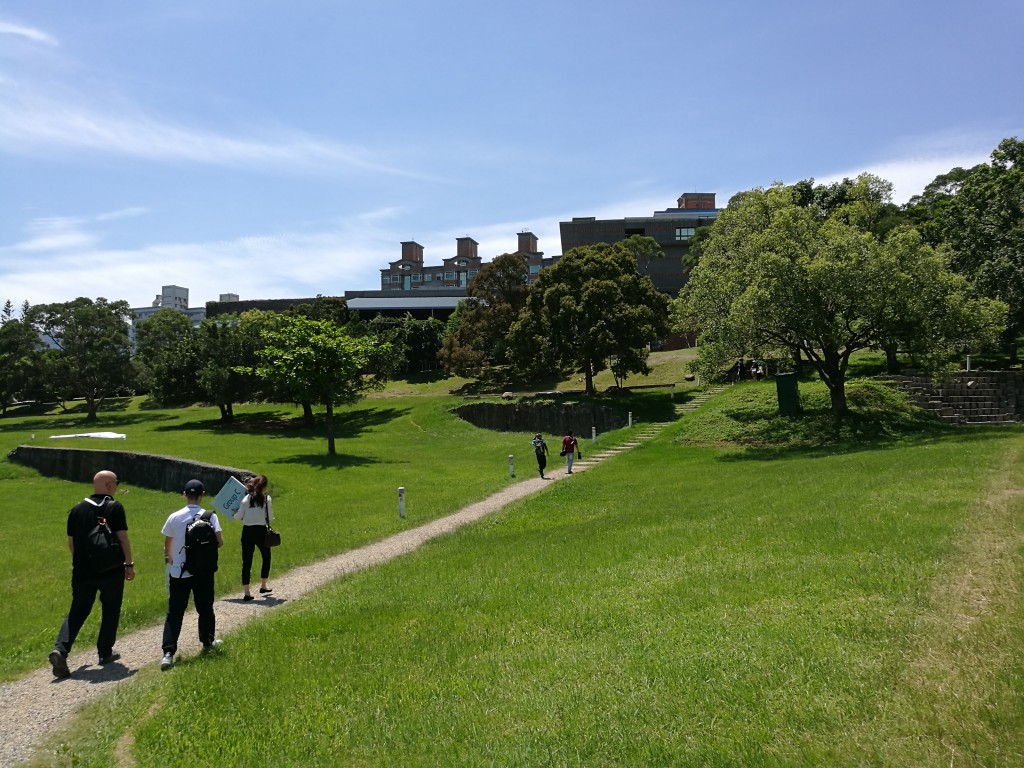
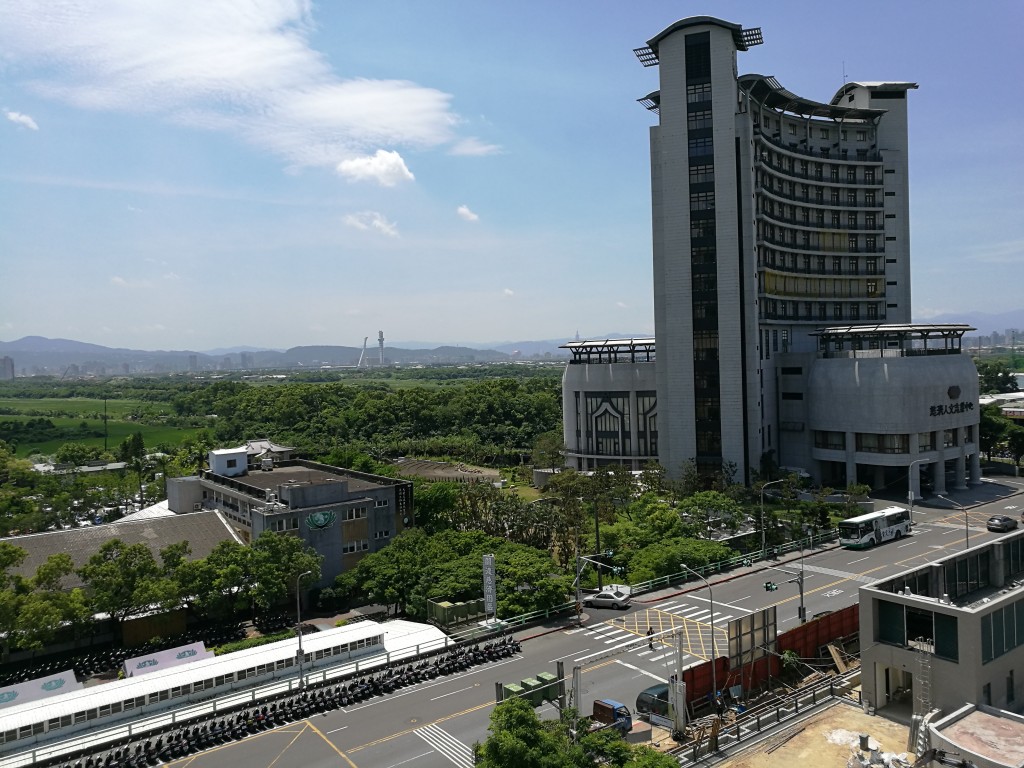


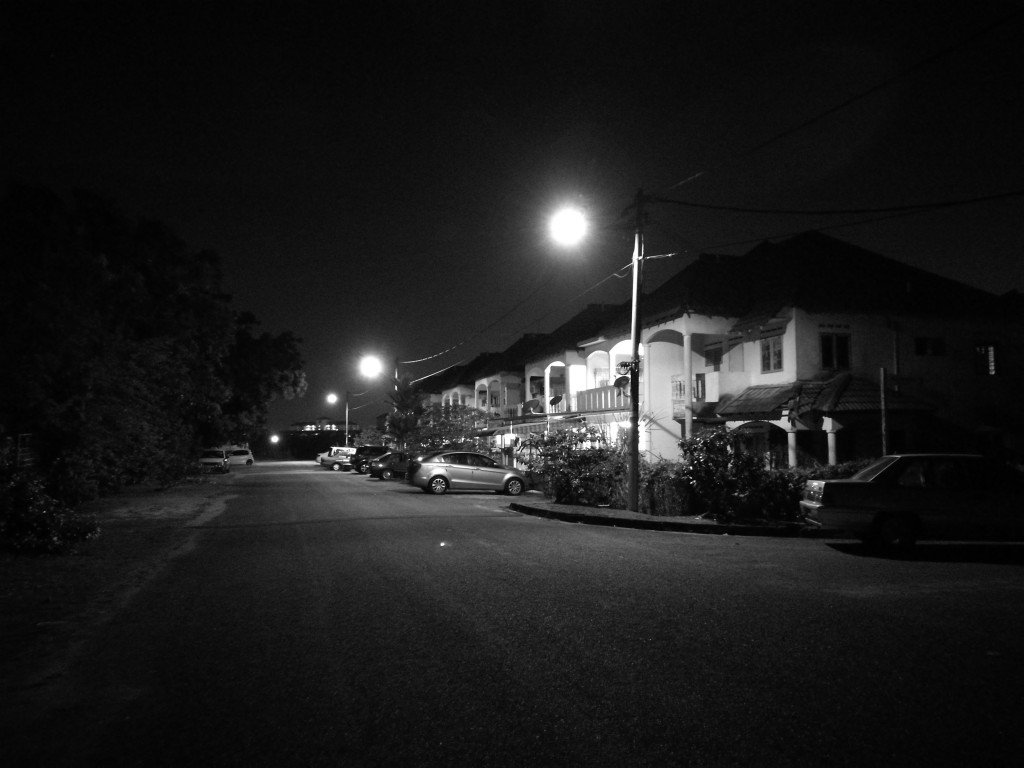
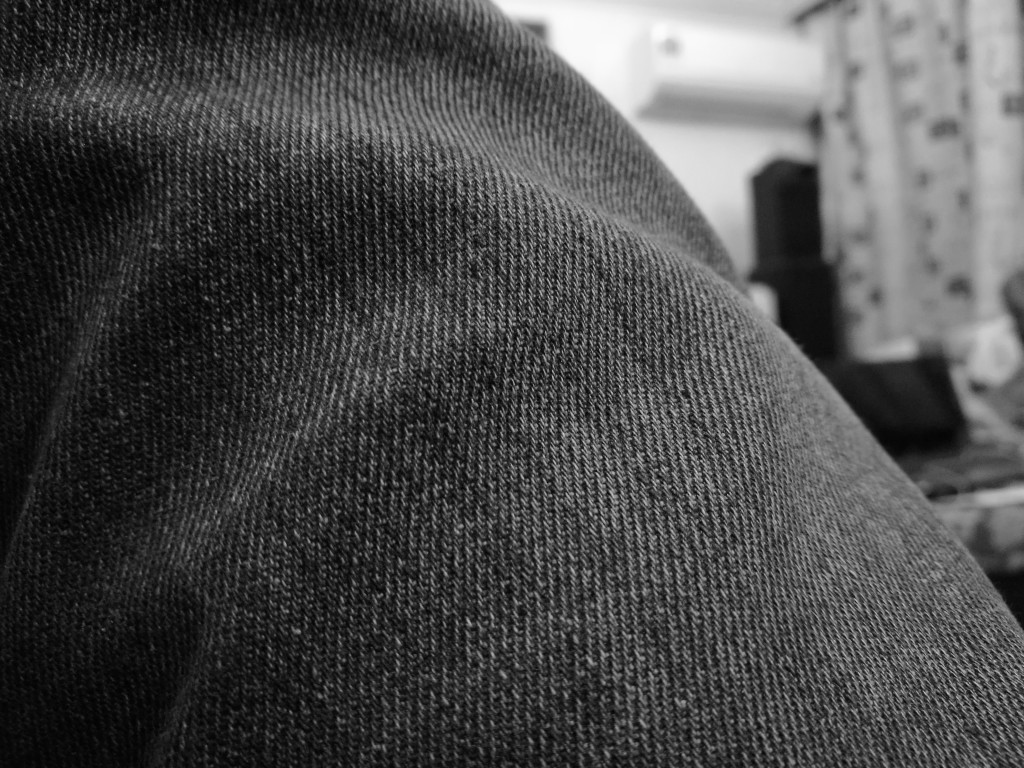
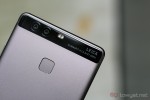
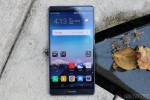
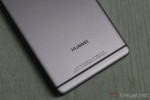
No comments:
Post a Comment